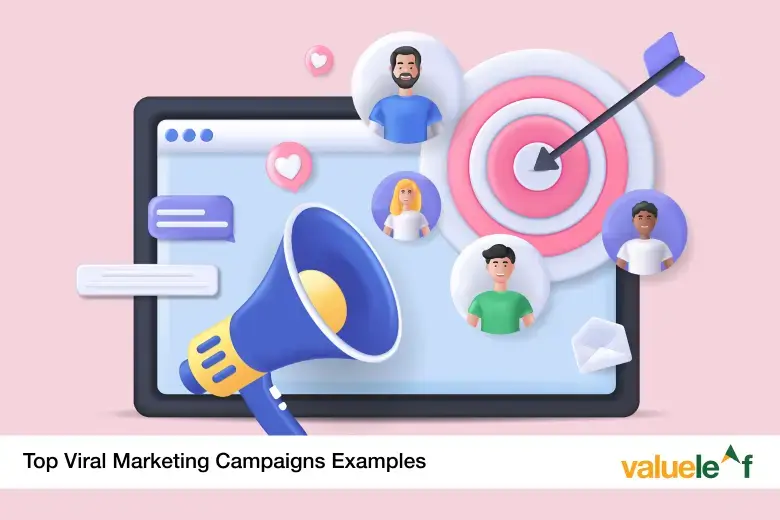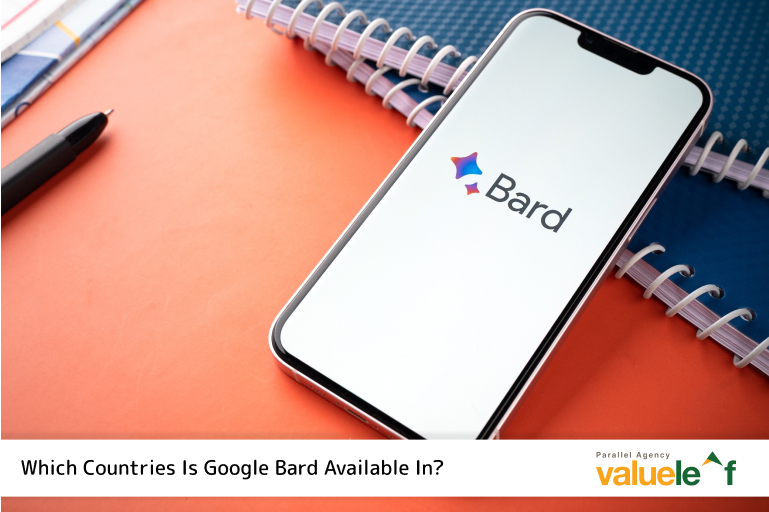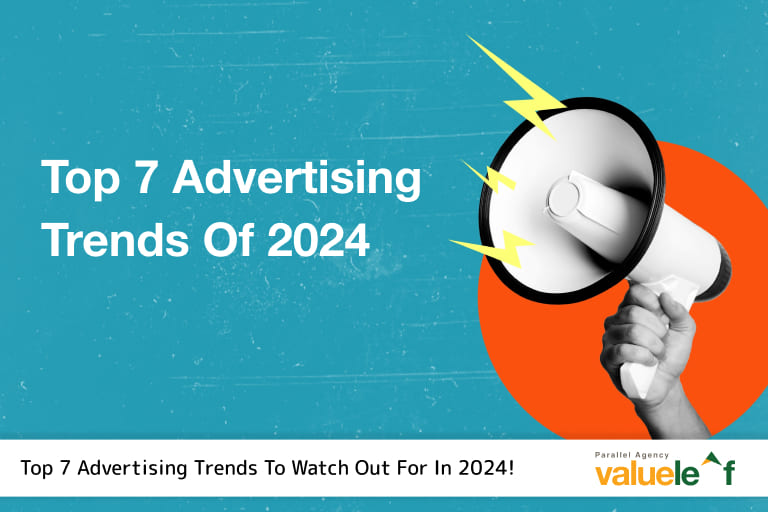Viral marketing has redefined how brands connect with audiences, proving that a single campaign can turn a company into a household name. From humor to emotional storytelling, brands have successfully used viral campaigns to capture attention, boost engagement, and drive sales.
Let’s take a look at 10 of the most legendary viral marketing campaigns, analyze why they worked, and uncover the key lessons they offer.
What Makes a Marketing Campaign Go Viral?
Viral campaigns don’t just happen by accident. They follow a strategic approach:
- Emotional Appeal: Content that makes people laugh, cry, or feel inspired is more shareable.
- Relatability: The campaign resonates with people’s daily lives, struggles, or aspirations.
- Simplicity & Creativity: The idea is simple, but its execution is brilliant.
- Call-to-Action (CTA): Encouraging engagement through a challenge or hashtag.
- Perfect Timing & Platform Use: Leveraging trends and using the right platforms maximizes impact.
Top 10 Viral Marketing Campaigns Examples
1. Apple – “Shot on iPhone”
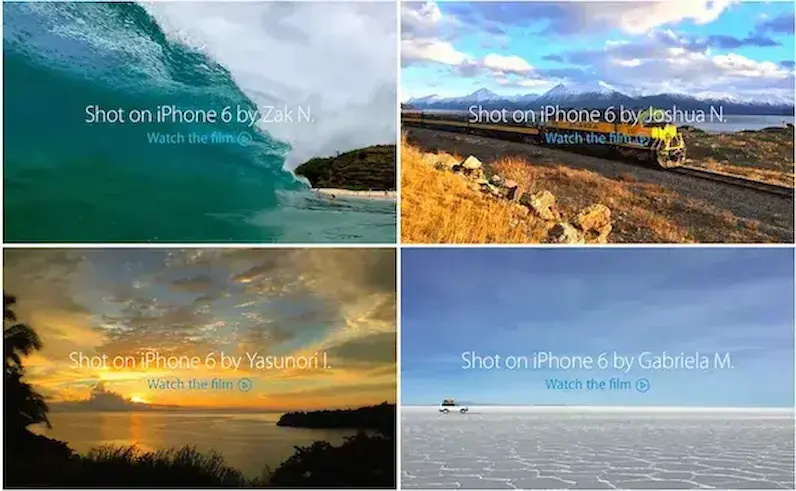
Apple’s campaign used real user-generated content to showcase the iPhone’s camera capabilities.
Why it Worked
- Encouraged customer participation.
- Showcased the product’s capabilities authentically.
Created a global movement, reinforcing Apple’s brand credibility.
2. ALS Ice Bucket Challenge
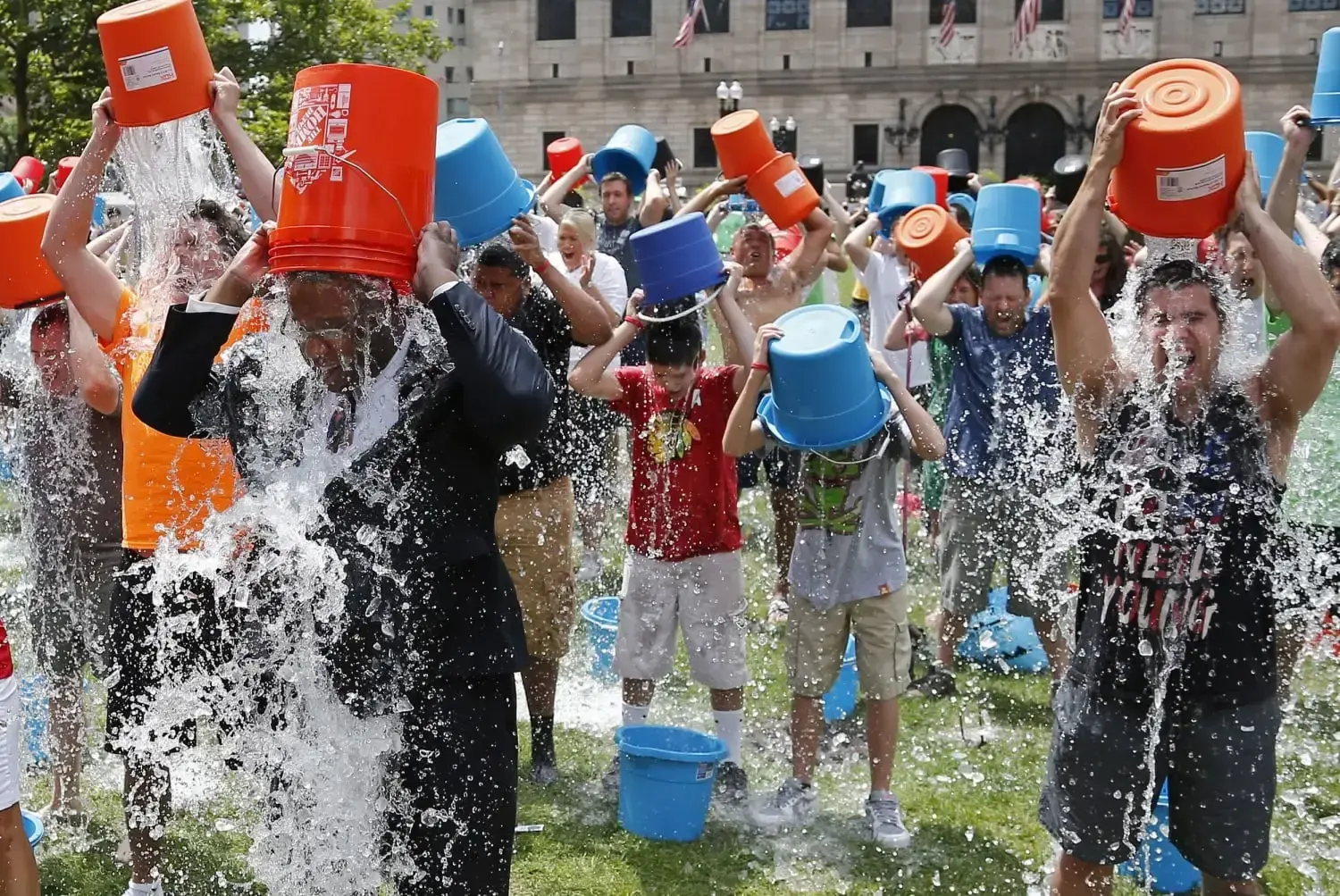
The challenge encouraged people to dump ice water over their heads to raise awareness for ALS.
Why it Worked
- Easy and fun to participate in.
- Celebrity involvement, including Bill Gates, Mark Zuckerberg, and Oprah.
- Raised over $115 million for ALS research.
3. Coca-Cola – “Share a Coke”
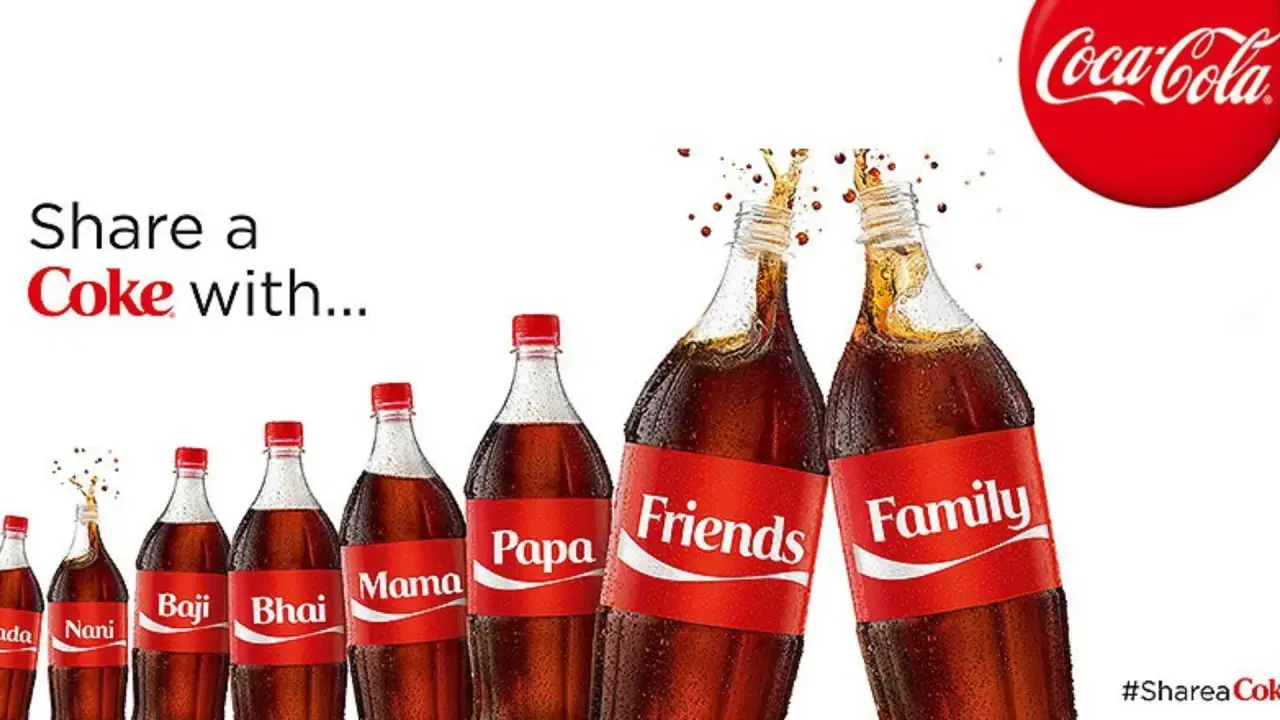
Coca-Cola replaced its iconic logo with popular names, making every bottle feel personal.
Why it Worked
- Personalized marketing that connected emotionally with consumers.
- Encouraged social sharing and user-generated content.
- Simple yet highly effective and shareable.
4. Snickers – “You’re Not You When You’re Hungry”

This campaign humorously portrayed how hunger can change people’s personalities.
Why it Worked
- Relatable and funny messaging.
- Celebrity collaborations, including Betty White and Mr. Bean.
- Memorable tagline that became part of pop culture.
5. Red Bull – Stratos Space Jump
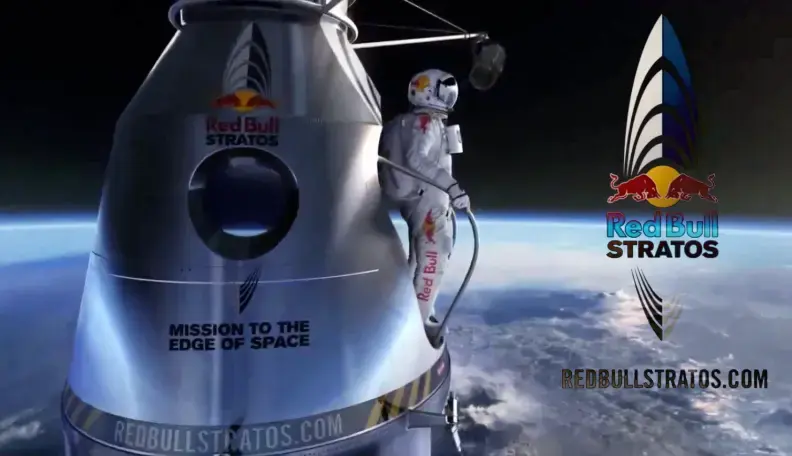
Red Bull sponsored Felix Baumgartner’s record-breaking space jump, reinforcing its extreme sports branding.
Why it Worked
- Thrilling and unprecedented event.
- Broke YouTube live-streaming records.
- Strengthened Red Bull’s brand association with adventure.
6. Wendy’s – Chicken Nugget Retweet Challenge
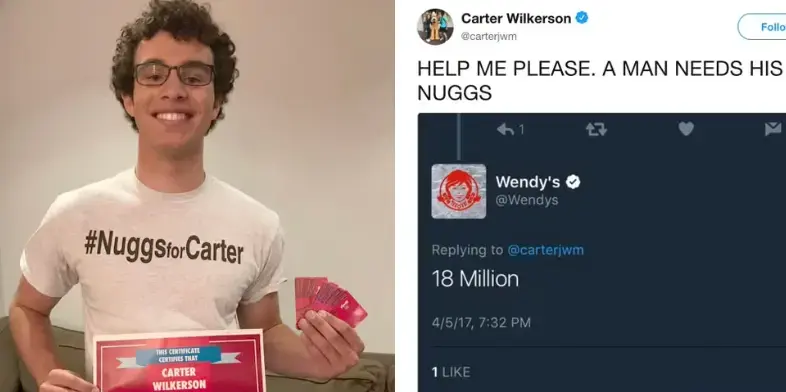
A teenager asked Wendy’s how many retweets he needed for a year of free nuggets—and it went viral.
Why it Worked
- Interactive and organic engagement.
- The tweet received over 3.5 million retweets, breaking records.
- Positioned Wendy’s as a fun and relatable brand.
7. Dove – “Real Beauty Sketches”
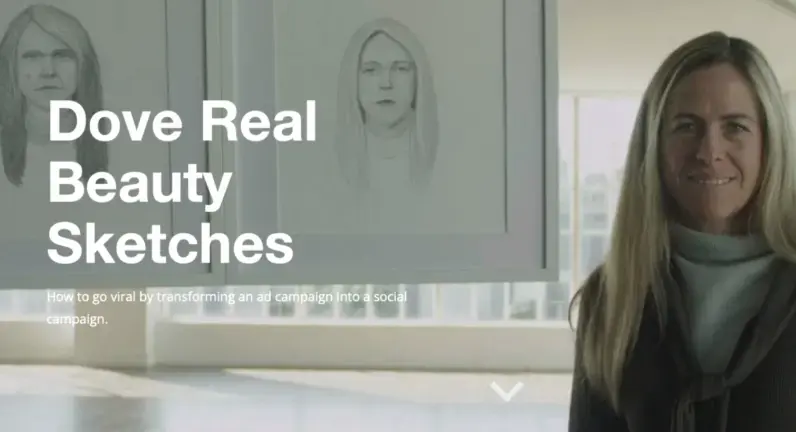
Dove’s emotional campaign showcased how women perceive themselves differently than others do.
Why it Worked
- Strong emotional appeal.
- Challenged beauty standards, making it highly shareable.
- Over 67 million views within a month.
8. Oreo – “Dunk in the Dark”
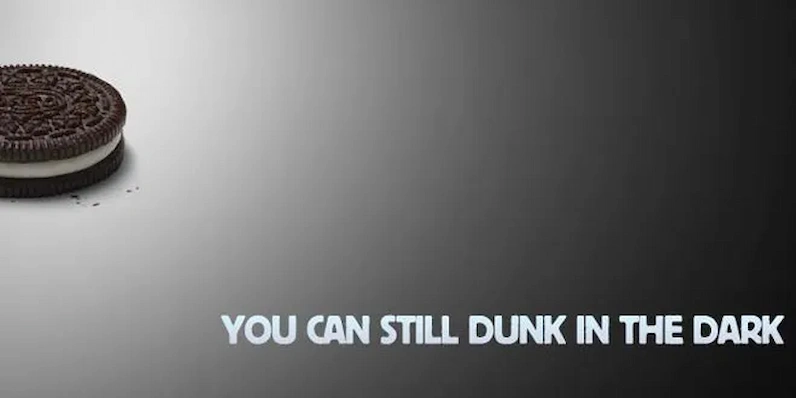
During the Super Bowl blackout, Oreo tweeted: “You can still dunk in the dark.” It became an instant viral hit.
Why it Worked
- Real-time marketing genius.
- Perfectly timed and highly relevant.
- Showed brand wit and creativity.
9. McDonald’s – “I’m Lovin’ It”
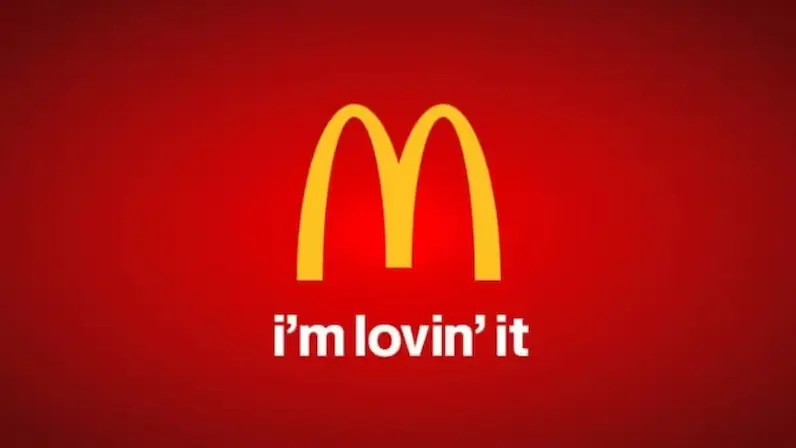
One of the longest-running and most recognizable advertising campaigns.
Why it Worked
- Catchy jingle that became part of pop culture.
- Globally relatable marketing message.
- Simple, positive, and brand-defining.
10. Nike – “Just Do It”
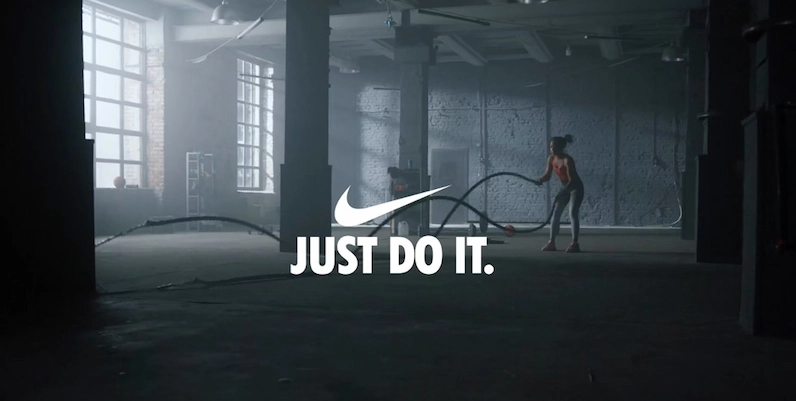
Nike’s slogan became more than a campaign—it became a motivational movement.
Why it Worked
- Powerful messaging that inspired action.
- Used in campaigns featuring sports legends like Michael Jordan and Serena Williams.
- Reinforced brand identity through empowerment.
Steps to Create a Viral Marketing Campaign
Want to create your own viral campaign? Follow these steps:
- Define Your Objective: Determine what you want to achieve—brand awareness, engagement, or direct sales.
- Identify Your Target Audience: Understand their interests, behaviors, and preferred platforms.
- Create Shareable Content: Make your content entertaining, emotional, or highly relatable.
- Leverage Influencers & Social Media: Use influencers and social platforms to amplify your reach.
- Keep It Authentic: Authenticity drives engagement—avoid forced messaging.
- Encourage Participation: Challenges, contests, or interactive hashtags encourage audience involvement.
- Track Performance & Optimize: Monitor shares, engagement, and impressions to optimize future campaigns
What Can We Learn from These Viral Campaigns?
- Creativity Drives Engagement: Bold, unexpected ideas capture attention.
- Participation Increases Virality: Interactive campaigns encourage user involvement.
- Authenticity Wins: Genuine, relatable messages connect deeply with audiences.
- Timing & Trends Matter: Riding cultural waves maximizes reach.
- Emotions Trigger Shares: People share content that makes them feel something.
Final Thoughts
Viral marketing isn’t just about getting lucky—it’s about smart storytelling, audience insights, and creative execution. Whether you’re a startup or an established brand, learning from these viral campaigns can help you craft your next big marketing hit.
Want to create your own viral campaign? Keep experimenting, staying authentic, and engaging with your audience in meaningful ways.
Frequently Asked Questions
Q. What makes a viral marketing campaign successful?
A. A viral marketing campaign is successful when it captures emotions, relatability, creativity, and engagement. Campaigns that spark joy, laughter, surprise, or inspiration tend to be shared widely.
Q. How do viral marketing campaigns spread so quickly?
A. They spread rapidly through social media, influencer shares, user-generated content, and media coverage. Memorable content encourages people to share it with their networks, creating an exponential effect.
Q. What are the key elements of a viral marketing strategy?
A. Key elements include a compelling story, emotional appeal, shareability, audience participation, and perfect timing. Campaigns should also be easy to understand and aligned with the brand’s message.
Q. How can small businesses leverage viral marketing?
A. Small businesses can use creative storytelling, social media challenges, influencer collaborations, and user-generated content. Engaging directly with audiences and tapping into trends can help them go viral.
Q. What role does social media play in viral marketing campaigns?
A. Social media acts as the main distribution channel for viral content, allowing brands to reach global audiences quickly. Platforms like TikTok, Instagram, Twitter, and Facebook enable easy sharing and interaction.
Q. What is an example of a viral marketing campaign?
A. The ALS Ice Bucket Challenge is a prime example. It encouraged people to dump ice water over their heads, share videos, and donate to ALS research, leading to massive participation and fundraising success.
Q. Which marketing campaign is most successful?
A. While many campaigns have gone viral, Coca-Cola’s “Share a Coke”, Nike’s “Just Do It”, and Red Bull’s Stratos Jump remain some of the most iconic and impactful viral marketing campaigns.
Q. Which company uses viral marketing?
A. Brands like Nike, Apple, Red Bull, Wendy’s, and Dove have consistently used viral marketing strategies to engage audiences and build brand loyalty.
Q. What makes a campaign viral?
A. A campaign goes viral when it is engaging, relatable, emotionally compelling, and easy to share. It often leverages trends, influencers, humor, or a social cause to capture attention and encourage participation.

